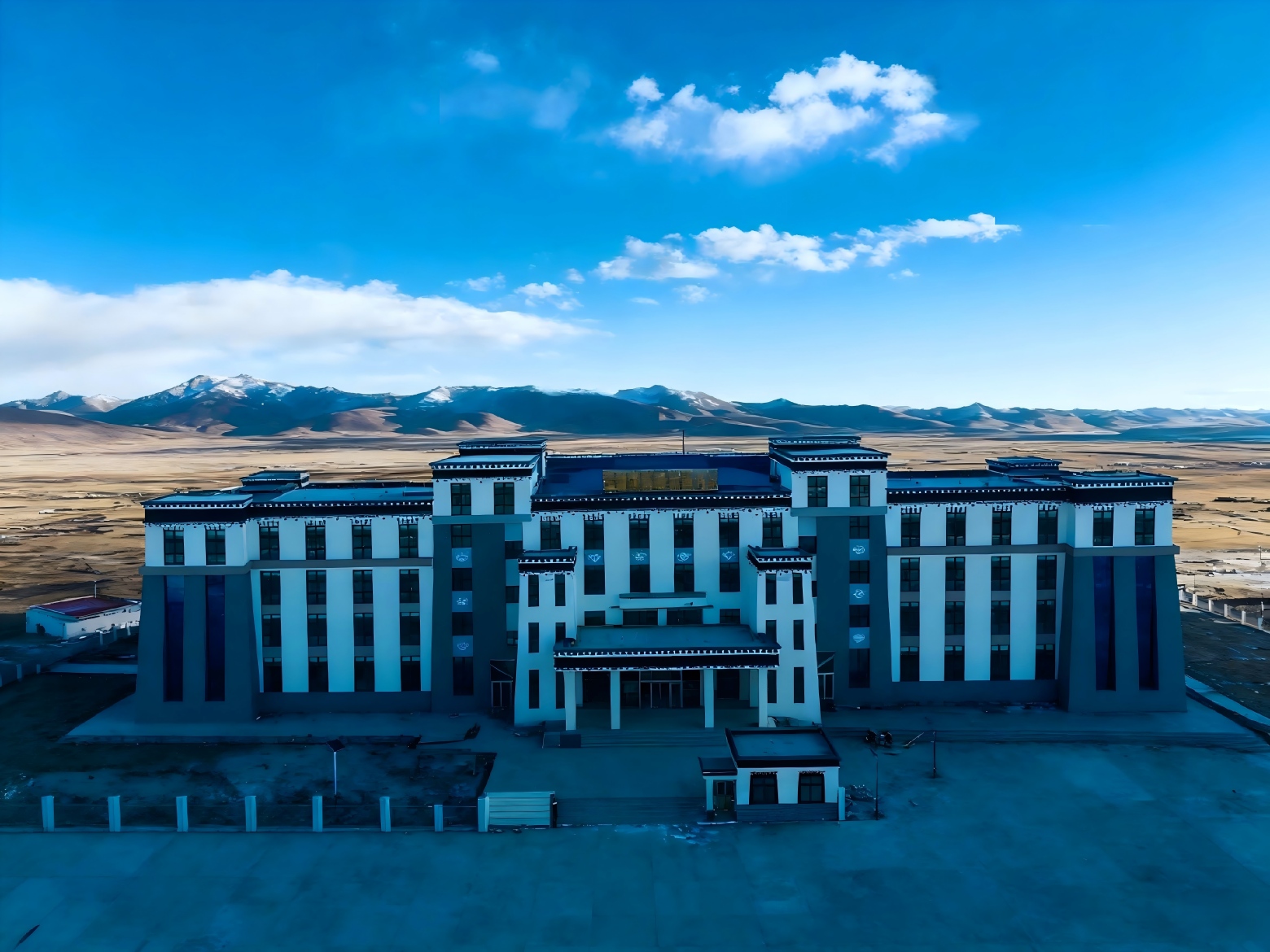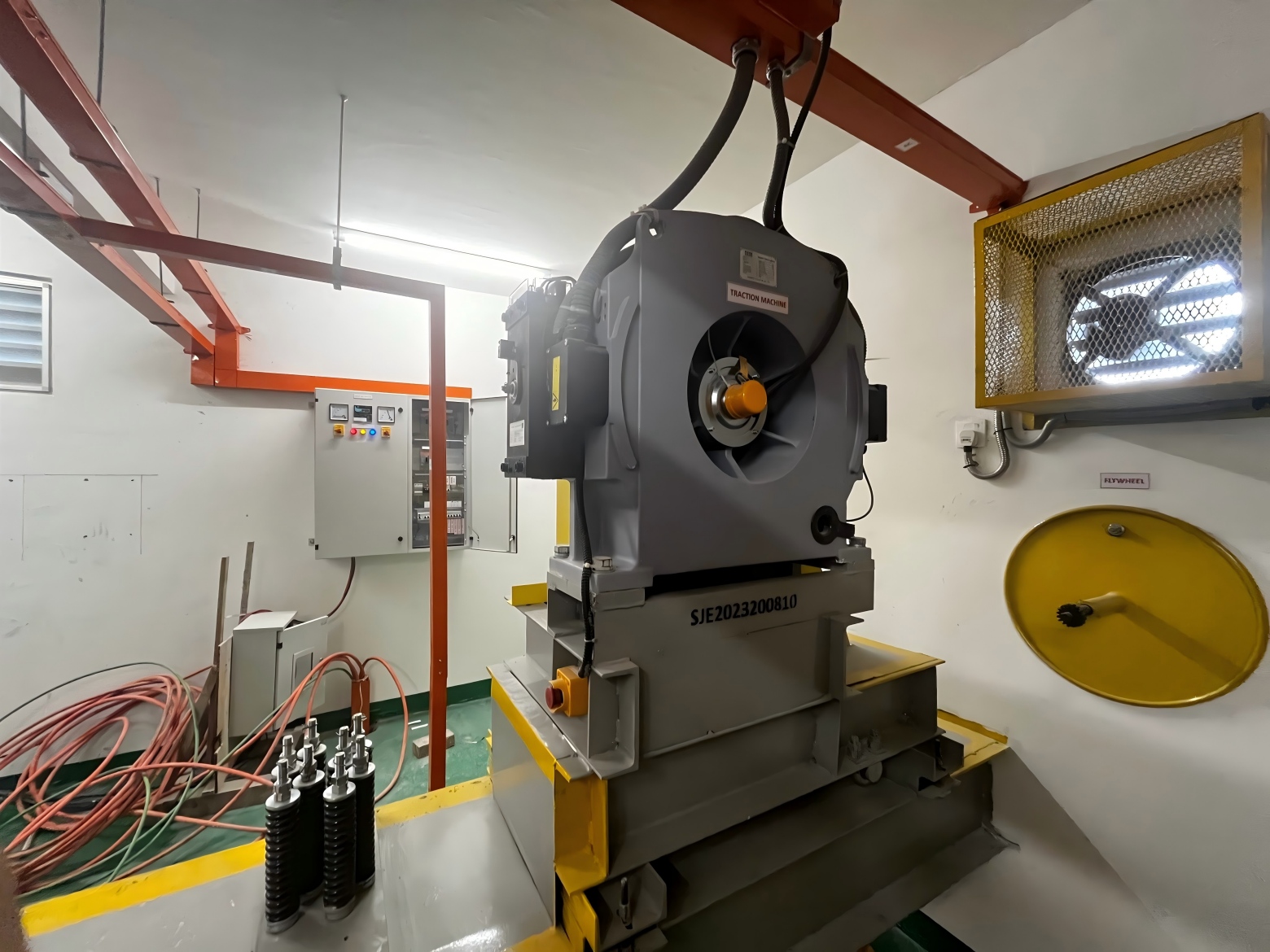Time:2025-09-24 Form:本站
You might not have thought that elevators—common sights in lowland areas—would run into a host of troubles when placed at an altitude of 4,900 meters in Shuanghu, Tibet. Yet SURAPID Elevator has managed to keep one operating stably there, and the clever designs behind this feat hold the key to our custom elevator solutions for diverse global environments.
First, let’s break down the very real challenges the plateau poses for elevators. At 4,900 meters, air density is only 60% of that in lowlands—like the elevator struggling to "breathe." The drive motor can’t dissipate heat properly, often overheating and shutting down. Day-night temperature swings reach 40°C, causing metal parts to expand in the day and contract at night; over time, this can even bend components. Occasionally, gales of up to Force 10 rock the elevator shaft, making the car sway and leaving passengers on edge.

To help the elevator adapt, our engineers at SURAPID equipped it with plenty of environment-specific features. For the motor, we installed titanium alloy heat sinks—similar to upgrading a computer’s cooling fan for better efficiency. Paired with an intelligent adjustment system, the motor runs steadily even in thin air. The car also got an airtight layer, so passengers don’t feel dizzy from hypoxia. Critical parts were swapped for durable versions: UV-resistant rubber seals last 5x longer than standard ones, and a tripod structure we added to the shaft’s exterior keeps it stable even in strong winds. There’s even a "small radar" system—temperature, humidity, and air pressure sensors—that triggers protective modes if anomalies are detected, with our SURAPID maintenance teams arriving within 30 minutes for emergencies.
What’s interesting is that this high-altitude problem-solving approach has been extended to meet the specific needs of our global clients at SURAPID. For a coastal project in Malaysia, when the client explicitly requested "long-term resistance to salt spray corrosion," we immediately adopted 316L stainless steel for core components and added an IP67-rated sealing layer—like giving the elevator "waterproof armor" that perfectly matches the client’s coastal usage scenario. In Siberia, when a client worried that -40°C temperatures would freeze elevator parts, we targeted the issue by adding an antifreeze lubrication system and heated guide rails, completely eliminating the concern of "frozen components." For a client in Saudi Arabia’s desert who reported "sand easily clogging equipment," we designed a labyrinth-style dust-proof structure and coated key parts with ceramic layers—both sand-resistant and high-temperature-resistant, fully aligning with the client’s desert operation needs.

Today, SURAPID has service centers in 12 countries. Whether for plateaus, coasts, or deserts, we deliver tailored elevator systems and hold international certifications like CE and ASME. This goes to show: elevators don’t have to be one-size-fits-all. With the right approach from SURAPID, we can make elevators run reliably in any environment—making SURAPID a trusted choice for businesses seeking high-quality elevators for extreme conditions.